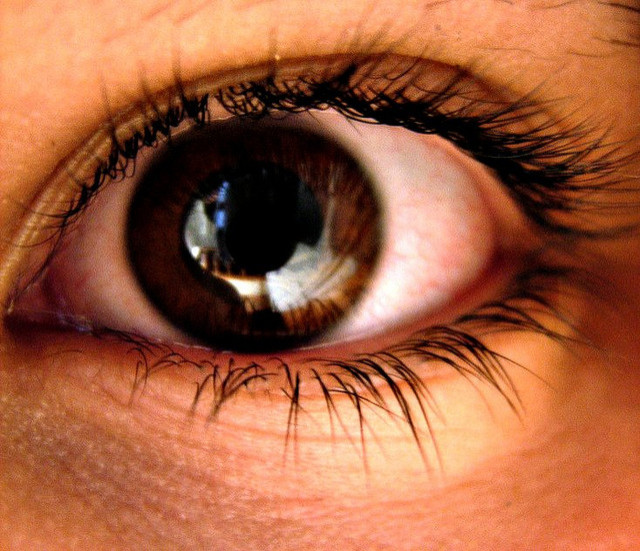3D Vision With Just One Eye: Hope For Strabismus Sufferers And TV Enthusiasts?

Seeing in three dimensions doesn’t necessarily need the use of two eyes, according to a pair of scientists at the University of St. Andrews in Scotland.
One of the ways that humans perceive depth is through a process called stereopsis. Stereopsis stems from the fact that most people view the world through two eyeballs, each of which presents a slightly different picture. The tiny differences between the two pictures that each eye sees help the brain calculate the three-dimensional portrait of the world around the viewer.
Losing one eye often sharply decreases a person’s depth perception. You can still pick up cues from the world around you, from lighting, perspective and familiarity with the sizes of various objects. One of the few ways to recreate stereopsis with one eye is through motion, creating parallax – the same phenomenon that allows astronomers to calculate celestial distances by observing the motion of stars and planets.
But researchers Dhanraj Vishwanath and Paul Hibbard say their experiments reveal another way to experience stereopsis. One of their papers appeared in the journal Psychological Science this past July; another is due later this year.
“We have demonstrated experimentally, for the first time, that the same 'special way’ in which depth is experienced in 3D movies can also be experienced by looking at a normal picture with one eye viewing through a small aperture (circular hole),” Vishwanath said in a statement on Monday.
Vishwanath and colleagues are testing their method of recreating stereopsis in people with strabismus (also known as “lazy eye”).
“Many of these people don't know what it means 'to see in 3D' because they have never experienced it,” Vishwanath says. “This work has significant implications for people who don't have normal binocular vision: First it could help them experience what it means to see in 3D. Second, it could encourage them to seek therapy to try to regain two-eye 3D vision (which produces the strongest 3D effect in everyday life) once they can see first-hand what 'seeing in 3D' is really like.”
Vishwanath suggests his aperture method could also point the way toward better 3D movies and television. Later this year, he expects to publish research on the difference between normal 3D vision and the experience of 3D movies.
We may not even have to wait that much longer for a better 3D experience. Researchers at Hewlett Packard Laboratories in Palo Alto, Calif., announced earlier this year that they’d developed new 3D television technology that doesn’t require glasses, and which can be seen from several angles (which also opens up the possibility of 3D pictures on smartphones and other devices).
A 3D film or show is different from the real world in that the screens we’re looking at are two-dimensional. Until now, most 3D projection technology has involved presenting slightly different images, projected in different colors (and filtered by special glasses), to recreate the phenomenon of binocular vision. In a paper published in the journal Nature in March, the HP team described a way to create 3D video displays by carefully controlling the emergence of light from each pixel of the screen.
In their design, the HP Labs team “used standard computer chip manufacturing techniques to create an array of optical elements called diffraction gratings that precisely control the direction in which light emerges from each pixel in the display,” according to Science writer Robert Service. “The researchers then used other standard optical devices called waveguides to steer light toward the diffraction grating in each pixel, as well as liquid crystals to modulate which colors of light are sent out from each spot.”
SOURCE: Vishwanath, Dhanraj and Paul Hibbard. “Seeing in 3-D With Just One Eye: Stereopsis Without Binocular Vision.” Psychological Science, 26 July 2013.
© Copyright IBTimes 2024. All rights reserved.





















